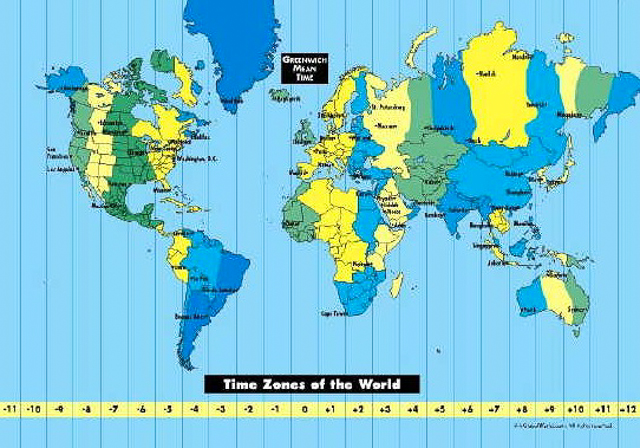
by Loti | Jul 9, 2013 | Africa, Australia, Easter Island, Fiji, Indonesia, Panama, Portugal, Time, Travel
Palm Beach, FL. Having just committed to a 3 week trip around the world beginning in Oct, I now find I need yellow fever shots, extra pages added to my passport, country visas. Yikes! We start in Florida traveling west to Panama, then Easter Island, Fiji, Australia, Bali, India, Kenya, Portugal and then back to Boston. So how do I keep up with the changing time zones? How many time zones even exist in the world and what is a zone? Well, there are 40 time zones according to one website (37 according to another). With a time zone referring to the Earth’s surface loosely divided by 15 degrees of longitude (not even sure what that means) there are 24 standard zones (see map) with another 16 zones that use 30-45 minute increments after the hour. The U.S. actually has 9 time zones (yep 9, including Alaska, Hawaii and Samoa). Ok, really? Yet, China has only one time zone for the entire country and then throw in daylight savings time. And how about outer space? The common practice is to use the time zone of the launch site. Wow, this is way too complicated. I am just glad I start and end in the same zone, 40 zones later (or is it 37?). >...
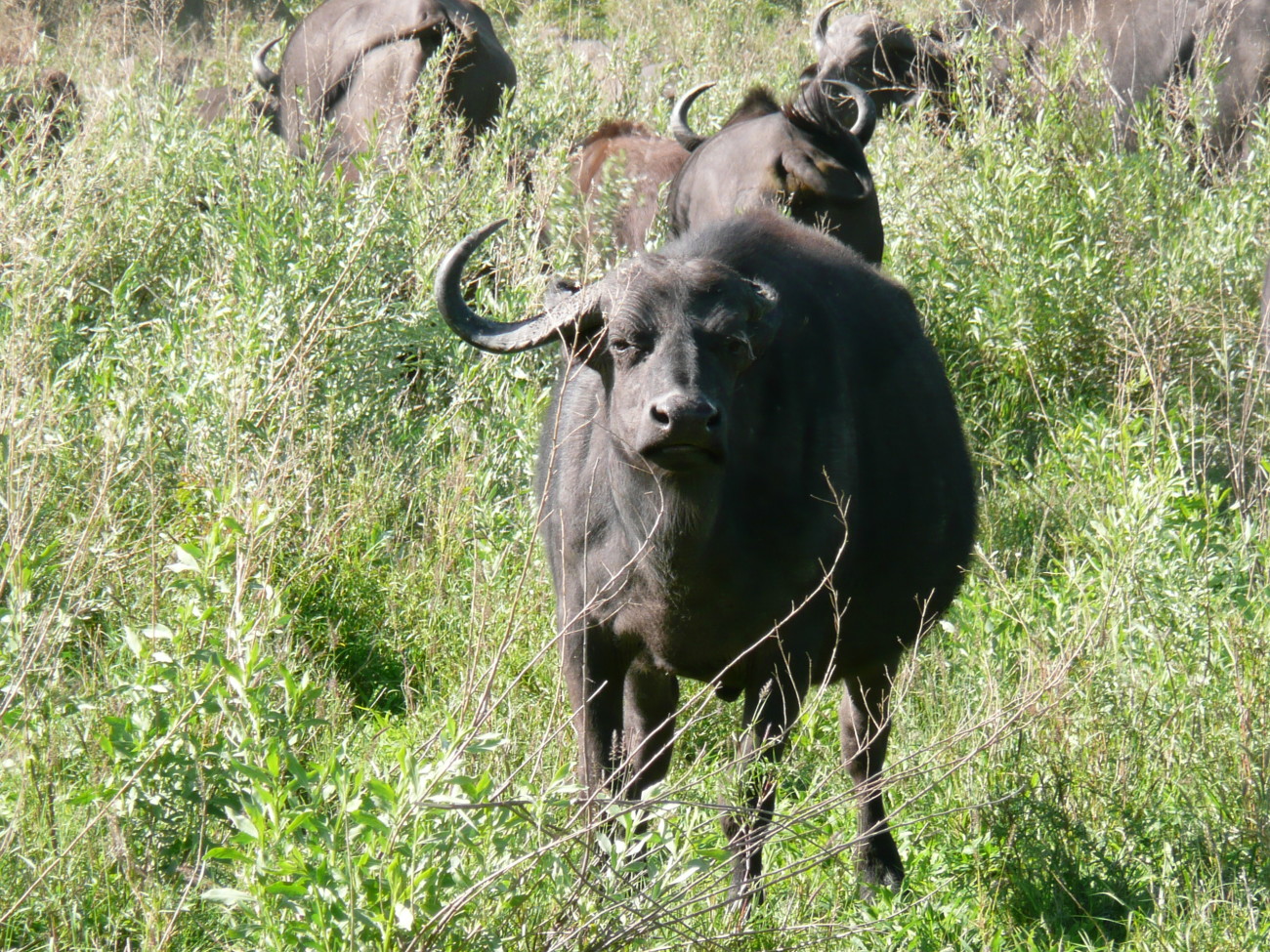
by Loti | Jun 6, 2013 | Africa, Animals
Africa. Caught in the middle of a big herd of Cape Buffalos, our guide advises us to be still. There are hundreds of them and they just appeared out of no where. These animals are 6 feet tall, weigh 1,500 pounds and can run 35 miles an hour. Sit still, really! African Buffalos are considered one of The Big 5. I have often heard the term, but wasn’t sure what it meant. Big game hunters coined the phrase to reflect the ferocity of a group of animals when hunted. So we have the lion, elephant, leopard, rhino and cape buffalo making up the Big 5 and luckily today, most of the hunting is done with a camera. Although we know the hippo is the most dangerous animal alive, some experts consider the Cape Buffalo to be even more dangerous than the hippo as it kills more humans, on average, a year. And here we are, in the middle of them, in an open jeep. Yikes. Since a wounded Cape Buffalo is one of the few known animals that will purposely circle back on their own trail to lie in wait and hunt their pursuer, its a good thing we were only watching them. I wonder how they learned to do that? Pretty smart. Another of life’s many fascinations. ...
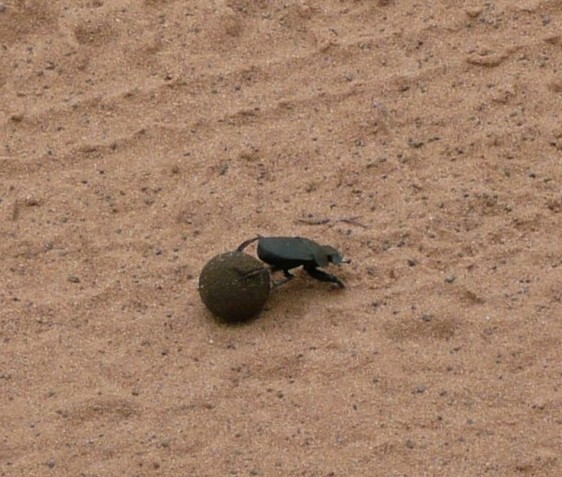
by Loti | Jun 3, 2013 | Africa, Animals, Insects
Africa. A dung beetle. One of the coolest bugs alive in my mind. Not only do they eat, breed and mate in dung, they are depicted throughout Egyptian history (the scarabs shown in ancient paintings), are the subject of an Aesop fable (The Dung Beetle and Eagle), and have recently been featured in studies on their GPS capabilities. Plus, they play an important role in agriculture. Wow. So here we have a dung beetle, on a road in Africa, rolling his ball of dung as fast as he can so robber beetles don’t steal it (and his girl, as the female often goes along with the ball). I’m not sure what I was thinking when I took this picture 5 years ago. Little did I know it would turn into one of my many new fascinations! This species of dung beetle (there are over 6,000 different species) harvests material from a fresh dung pile and shapes it into a ball. Then he rolls it away before some bigger beetle steals it? And he must roll it in a straight line, otherwise he just goes around in circles which invites robbers. New studies show, at night, they use the Milky Way as a guide making it the first known animal species to use a celestial compass. And they are very important in agriculture. Australia imported 23 species of beetle to clear dung from the fields which keeps the fly population down and off the cattle. Basic animal husbandry. They also improve soil structure by recycling nutrients. Who would have thought? Oh and by the way, they are the strongest insect...

by Loti | May 10, 2013 | Africa, Animals, Keystone Species, Thailand
Thailand. I can’t imagine what a starfish (shown in the photo with some other shells I found in Thailand) and an elephant might have in common. But they are both keystone species. So what is this new species? (And why have I never heard of it?) Think of an arch of stones with a stone at the top, the keystone. Without the keystone, the arch collapses. A keystone species (a plant or animal) acts as the top stone, playing a critical and unique role in maintaining the structure of an ecosystem. This concept was conceived by Robert Paine, a zoologist, back in 1969. Back then, he was studying tidal waters inhabited by starfish and mussels off the Pacific coast. The starfish (the only predators of the mussels) kept the mussel population in check. When he removed the starfish from the ecosystem, the mussels took over, crowding out all the other species and the ecosystem collapsed. The starfish (it turns out) were critical to the health of their ecosystem. In much the same way, the elephants in Africa eat and destroy small trees making room for the grasses for the grazing animals to eat. Without the elephants, Africa would become a woodland and no longer provide grasses for the zebra, wildebeests and other animals. So both the starfish and elephant are considered keystone species along with mountain lions, beavers, the sugar maple, grizzly bears and a host of others. Lions and tigers and bears, oh my!...
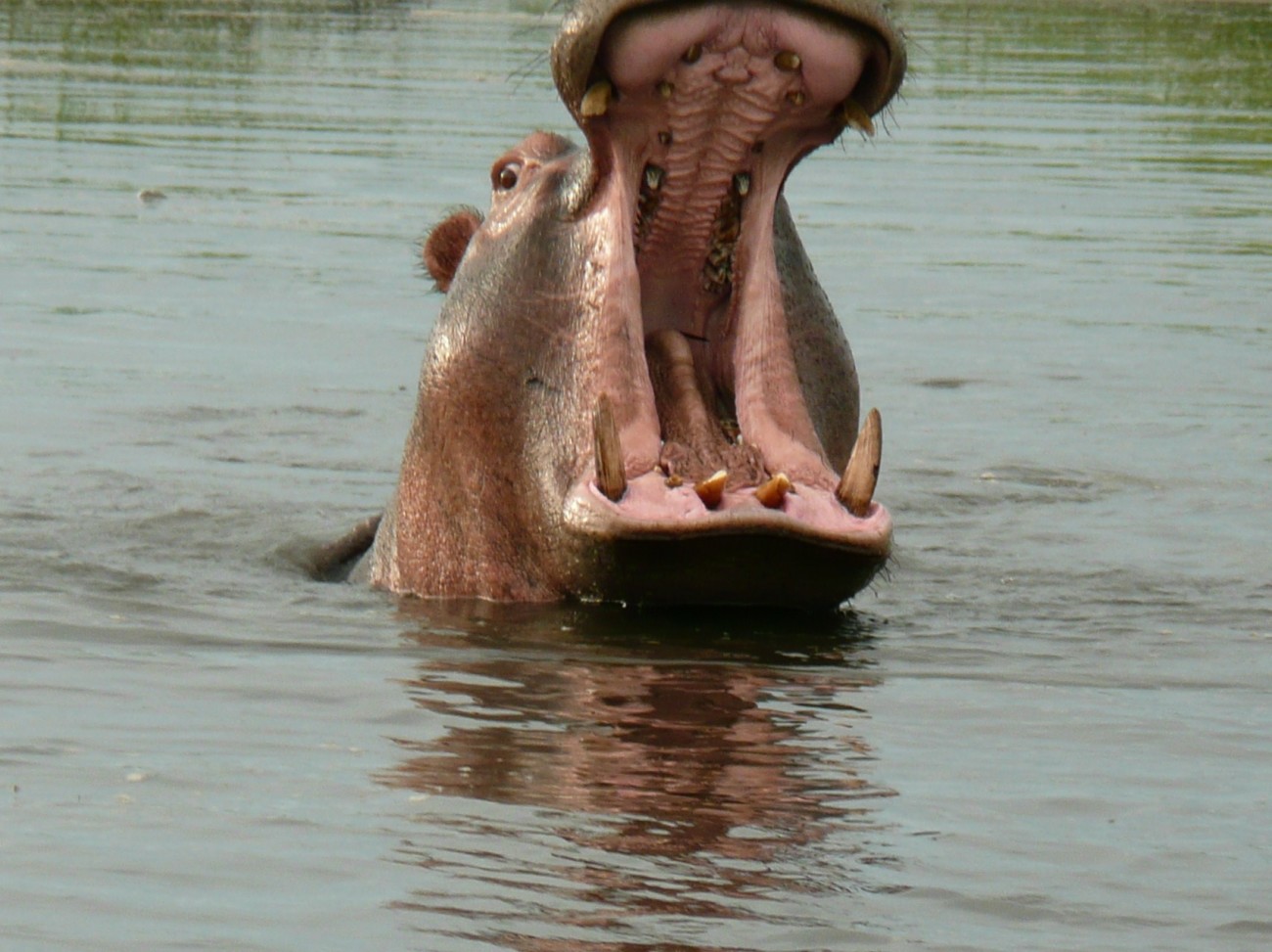
by Loti | May 3, 2013 | Africa, Animals
Africa. Hippos kill more humans than any other animal in Africa. So why am I in a small metal boat looking down the jaws of this hippo in a river in Botswana? Well, at the time, I had no idea they were so dangerous. And this yawn is one of their most aggressive postures. Meaning get the hell out of here. As the 3rd largest land mammal (behind elephants and rhinoceros) they spend most of their day submerged in African rivers and graze at night on the grasses surrounding the river. They can easily outrun a human and think nothing about biting a crocodile (or person, for that matter) in half. Yikes! And Hippos ooze this really cool liquid that acts as a sunscreen, insect repellent and antibiotic (for healing all the bite wounds they get when fighting each other). Sounds like we need to bottle the stuff for people (and there is actually research on the liquid being done today so stay tuned on the medical front. Hippos are so dangerous, the late Steve Irwin, known as the Crocodile Hunter, considered a 5 minute river crossing full of hippos the most dangerous segment ever filmed on his show. Pretty amazing considering he met a lot of wild animals. And although our boat ride turned out ok, numerous folks have been killed in boats by hippos. So maybe a little more research next time. But then I wouldn’t have gotten this great photo……...
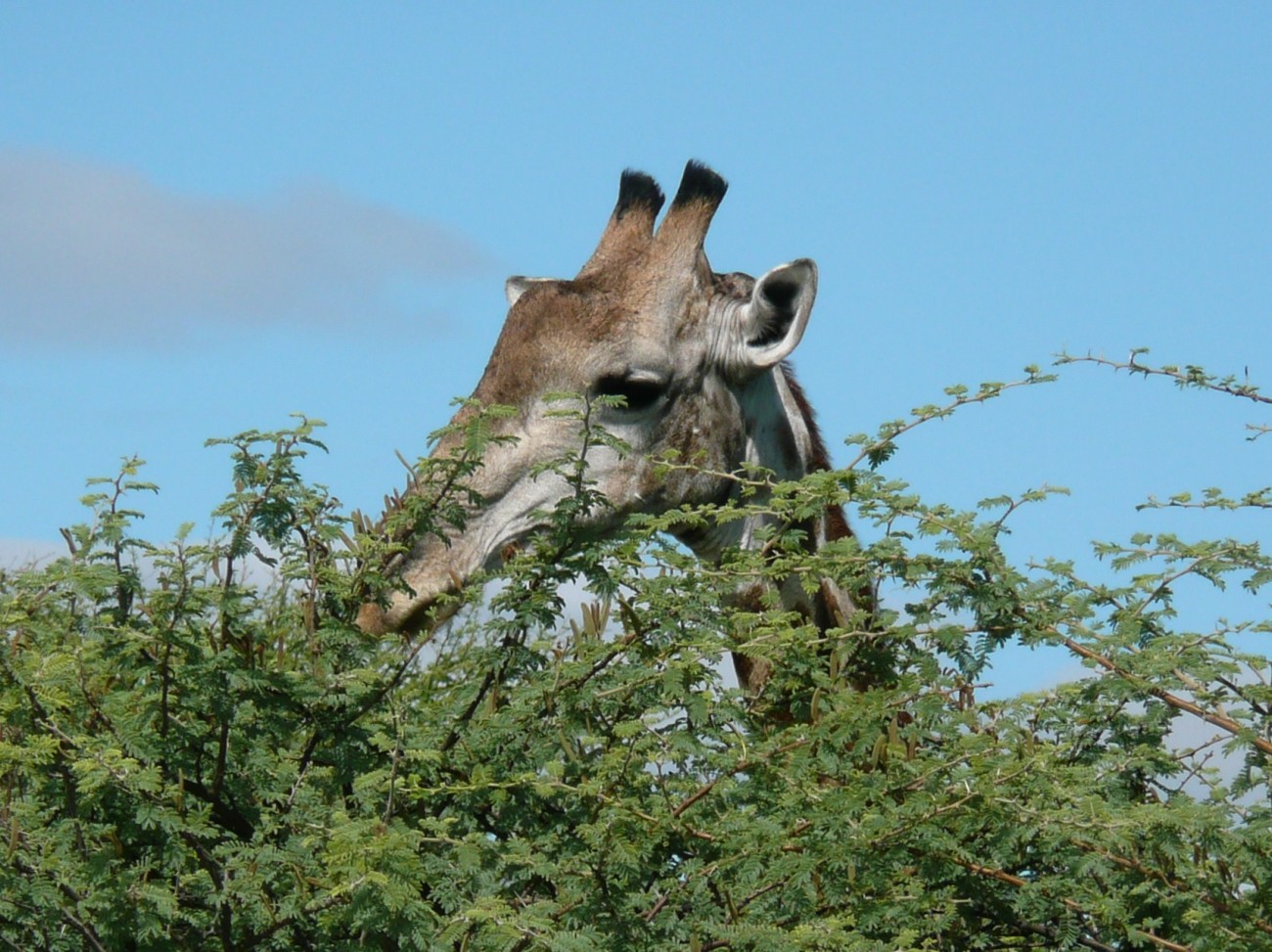
by Loti | Apr 30, 2013 | Africa, Animals
Africa. Not only is the giraffe the tallest mammal alive, it is the 2nd largest land animal (after the elephant) and the largest ruminant. The largest what? What in the world is a ruminant (other than a really cool word)? Well, ruminates soften their food in their first stomach (they have 4 stomachs one of which is called the rumen), regurgitate it (a polite way of saying they throw it up) and then chew it again to further break it down so they can digest it. Other ruminates include cattle, sheep, goats, camels, deer and antelopes. All have split hooves and eat by grazing. Giraffes just do it from a much higher vantage point since they can be 20 feet tall. Ruminates are able to digest grasses and other vegetation that animals with only one stomach can not digest. They literally chew the cud or chew the regurgitated mass. So while chewing the cud has come to mean pondering or meditating, it also means rechewing your food, if you just happen to be a ruminant. ...







